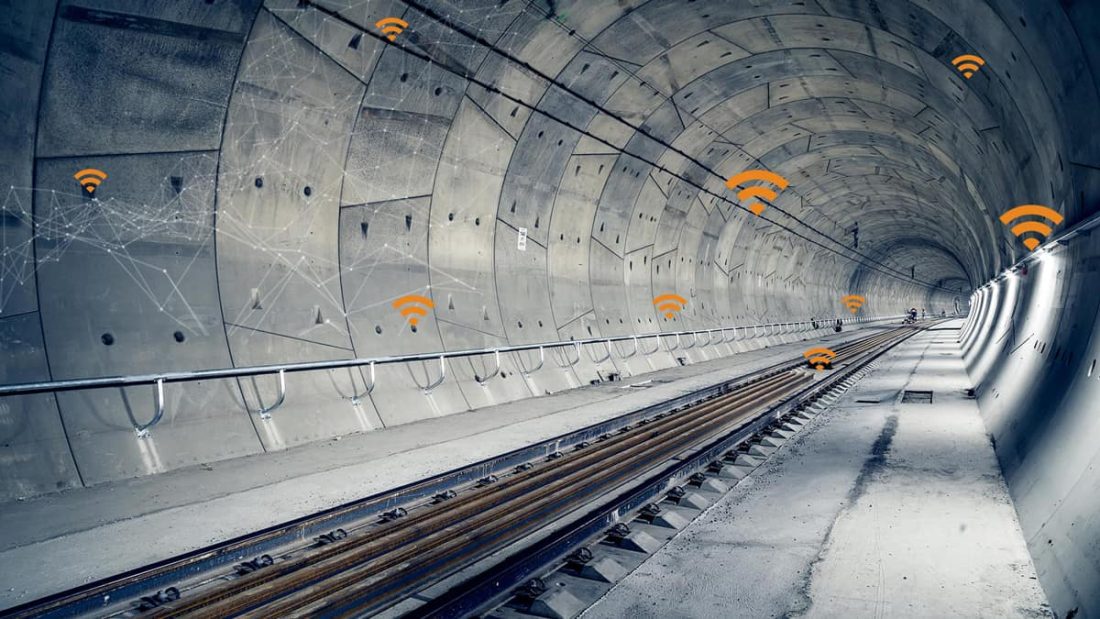Corrosion: The Silent Threat to Concrete Structures
When we think of concrete structures, we often imagine monoliths of strength and resilience. These structures form the backbone of our cities and are designed to last for generations. However, they are not invincible. Among various factors that contribute to the deterioration of concrete structures, corrosion stands as the most dominant threat.
Corrosion in concrete structures mainly targets the embedded steel reinforcement bars (rebar). The phenomenon occurs when these steel rebars come in contact with oxygen and moisture, triggering an electrochemical reaction. Concrete is generally alkaline, providing a natural protective layer around the rebar. Over time, this layer can be compromised due to environmental factors such as carbonation, or the penetration of chloride ions from de-icing salts or seawater. Once the protective layer breaks down, the rebar becomes susceptible to rapid corrosion.
The impact of corrosion is multifaceted and often results in a domino effect. First, the corrosion of the steel rebars leads to the formation of rust, which has a greater volume than the original steel. This volume expansion generates internal stresses within the concrete, causing it to crack. Cracking then further exposes the rebar to environmental elements, accelerating the rate of corrosion. This vicious cycle severely affects the load-bearing capacity of the structure, making it unsafe and significantly reducing its service life.
In the United States, the economic consequences of corrosion in concrete structures are staggering. According to the National Association of Corrosion Engineers (NACE), the annual cost of corrosion across all infrastructure, including concrete structures like bridges, dams, and buildings, is estimated to exceed $276 billion. A significant chunk of this cost is directly related to the repair and maintenance of corroding concrete structures.
Infrastructure repair is a critical issue that often competes with other national priorities for limited public funding. Delay in addressing corrosion issues not only escalates the repair costs but also puts enormous pressure on public infrastructure budgets. In many instances, municipalities are forced to divert funds from other essential services like education or healthcare to manage and repair aging, corroding structures. Furthermore, the indirect costs should not be underestimated. Road closures, rerouting, and inefficiencies caused due to the repair work can have a cascading effect on the economy. These disruptions translate into lost productivity, which ultimately impacts the national GDP.
Understanding and addressing the threat of corrosion is not just a technical necessity but a societal responsibility. In a country like the United States, where the cost of corrosion significantly impacts public finances and the economy at large, it is imperative to adopt proactive measures such as continuous health monitoring. Early detection enables timely intervention, which is not only more effective but also significantly more cost-effective than late-stage remediation. By taking the threat of corrosion seriously and employing modern monitoring techniques, we can vastly extend the life of our concrete structures, saving both money and lives. Therefore, corrosion isn’t merely a structural concern—it’s an economic imperative that requires immediate and consistent attention.

